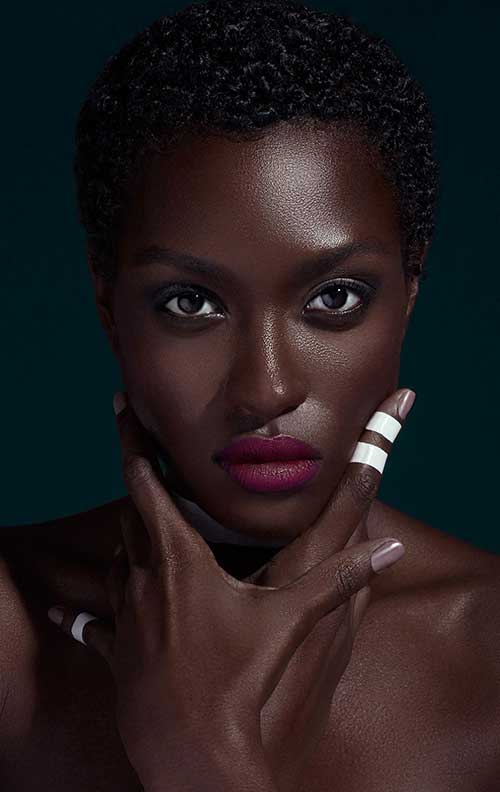

Yet there are other, less sweeping changes that are no less significant. Classic models are by far more racially diverse.

And mostly they were White.īut the ranks of models have been changing - slowly, incrementally - until, in a moment of relative quiet, with fashion’s carousel stilled by the pandemic, we can today look around and realize how different things are from a decade ago. They were born with long limbs, narrow hips, symmetrical facial features and a willingness to promenade in dizzyingly high heels.

They were young and thin - and for much of the 20th century, they got progressively thinner until they were little more than stick figures with blood and sinew. Models were of a standard height: tall but not distractingly so. Dressed in Gucci’s sparkles and marabou and velvet, regular people, too, have the capacity to deliver fashion that is transporting.įor generations, the modeling world was reserved for women and men with a certain élan and traditional Western appeal. “The faces that you see in the film, the beautiful faces of many people you come across in the street, that beauty has its own life.” With so many miles and layers of technology separating us, something, anything, that felt real also felt profoundly valuable the ordinary, in other words, is enough. “I tried to find what would define ordinary beauty,” he said. I all the forms of strange beauty.” In its marketing, Gucci embraced ugly ducklings, the jolie laide and the faces only a mother could love - decisions that influenced other brands to follow this path and to break down barriers.īut for this presentation, Michele had made an even more daring, evolved choice. “I analyzed all the strange faces, the freaks I placed on the catwalk, on the set,” Michele told us through an interpreter. And after the film ended, he settled into a chair in front of a carved mantelpiece set with blue porcelain to explain his eccentric thinking about clothes and casting.įor years, Michele has looked to the farthest extremes of human appearance for his models. He was simply showing 94 new ensembles on 94 models. He didn’t characterize this collection, which marked the brand’s 100th anniversary, as one for fall or spring. Much of what he does goes against the grain and then becomes the standard. Michele is both a contrarian and a prognosticator. The songs “Gucci Gang,” “Green Gucci Suit” and “Gucci Flip Flops” serenaded the models as they walked. The short movie, set in a make-believe nightclub, was a ready-to-wear mash-up of the brand’s history and its contemporary provocations, all set to a soundtrack that celebrated its influential position in popular culture. Today, not only has Nyakim taken the internet by storm with her modeling, but she has started a movement of self-love and female empowerment.It was breakfast time on the East Coast one morning in April, and Gucci designer Alessandro Michele was speaking to journalists via Zoom after debuting his new collection in a splashy film, “Gucci Aria,” on the Italian company’s website. It was then the dark skinned beauty started to build her portfolio, taking two years in New York and countless weekends during college to have photo shoots. The career clicked with Nyakim when she strutted down the runway in her friend’s designs at a school event, she said. It wasn't until her Junior year of high school when Nyakim felt she could really pursue modeling. But her sister, who also used to model, encouraged her to go into the modeling industry to help make it more diverse. “I used to think ‘what's modeling? Is that a job I should go apply for?’” Nyakim laughed. When strangers would stop her in the grocery store and suggest she pursue a modeling career, the language barrier prevented Nyakim from understanding. Nyakim now wants to share her story and raise awareness of what's going on in her home country of South Sudan. The model came to the US in 2007 with her mom and siblings by her side. Nyakim lost two siblings along the way, but never gave up hope. Nyakim had a long journey coming to the US from South Sudan, immigrating by her bare feet from a refugee camp in Ethiopia to a refugee camp in Kenya, and finally to the US. Nyakim, who immigrated to the US when she was 14, first learned what the word “model” meant in the grocery store. This content can also be viewed on the site it originates from.


 0 kommentar(er)
0 kommentar(er)
